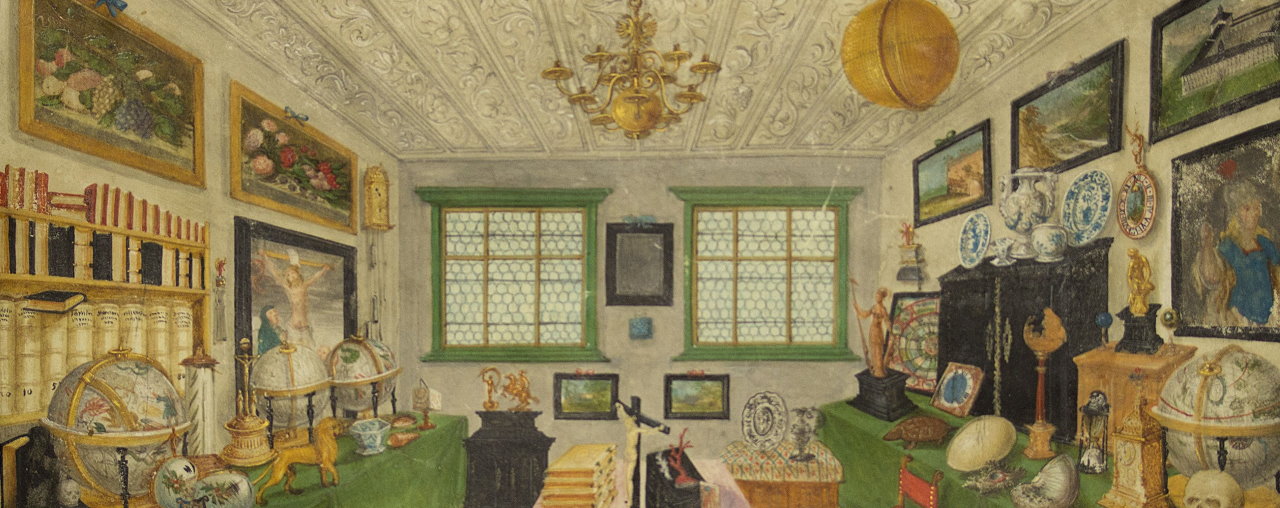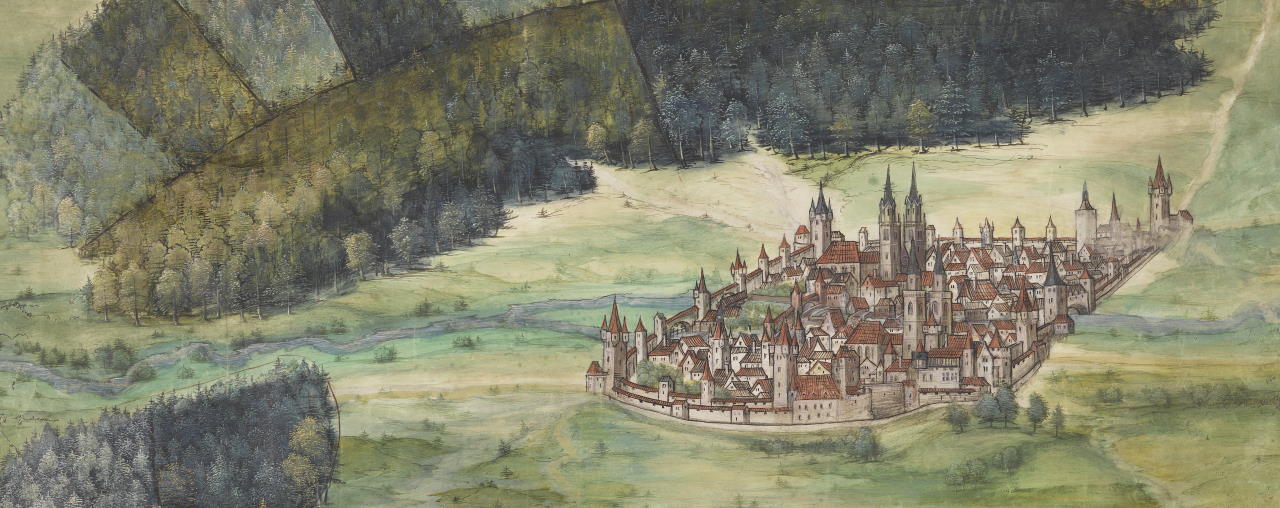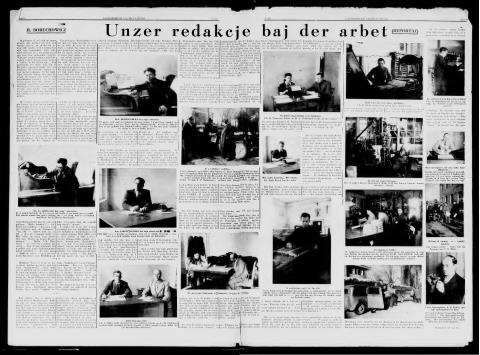The Project
German History Intersections is a source-based digital project that examines three broad topics – migration, knowledge and education, and Germanness – from 1500 to the present. By charting these topics across centuries, the project offers an alternative to traditional histories that focus on discrete historical periods.
The Topics

Migration
Drawing on the personal stories of individuals and the collective experiences of migrant groups, this module examines the movement of people across and within the shifting borders of Central Europe from the Early Modern period to the present.
Knowledge and Education
Education, ideas, and the history of knowledge are the focus of this module, which explores the construction, negotiation, circulation, and organization of various types of “expert” and popular knowledge in Germany over five centuries, from the Reformation to the Digital Age.
Germanness
This module describes the complex and ever-changing meaning of Germanness from the Holy Roman Empire to present-day Europe. One central theme is the intersection of Germanness with other markers of identity, such as gender, ethnicity, religion, and social class.The article about the Landsberger Lager-Catjung, the resident-run newspaper of the Landsberg DP camp, introduces the editorial staff and offers a fascinating behind-the-scenes look at their work. I chose the article because it underscores the importance of knowledge production and circulation in the reconstruction of Jewish life immediately after the Holocaust and raises a variety of interesting questions about – for example – technology, information sharing, and the intersection of local (or even hyper-local) and international news. A related audiovisual source, a Holocaust testimony videotaped in 1982, describes the experience of a typist who worked on the paper.
Michael Printy, Yale University Library, member of the “Knowledge and Education” working group
